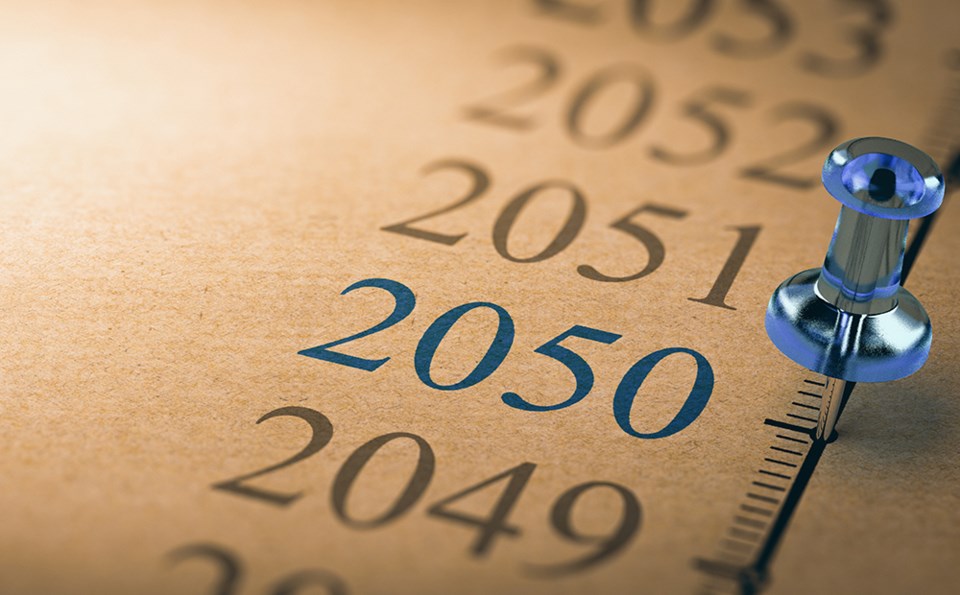Its short-term future may still be a bit on the grim side, but Virginia Railway Express (VRE) leaders are planning for a major multi-decade expansion effort.
And they are optimistic about it, projecting that average weekday ridership will more than triple between 2024 and 2050, while weekend service will grow from the current nothing to a substantial presence.
In planning documents provided to the Northern Virginia Transportation Commission, VRE officials anticipate average weekday ridership to grow from the current 7,800 to approximately 28,000 in 2050, fueled by increasing growth of the outermost suburbs and an ongoing demand for those residents to be working in the core area of the nation’s capital.
But is that realistic? The same planning document noted that the typical VRE rider of 2024 still teleworks an average of just under three days per week, and “the perception and/or reality that it’s faster to drive than take transit” is keeping the system’s rebound sluggish.
VRE brings commuters from the outer suburbs into the inner Washington core on weekday mornings and takes them home again in the evenings. February saw a total of 137,284 passengers using VRE, equating to an average of 6,864 for each of the month’s 20 operating days.
That’s up from an average of 6,220 a year ago, but remains well down from pre-pandemic levels.
Passengers occupied only 12 percent of available seats systemwide in February; in late 2019, before the pandemic, nearly three-quarters of available train seats were filled.
On the plus side, some specific trains on the Fredericksburg-to-Washington line are approaching an average 50 percent occupancy. During the mid-week period, when travel levels are highest, a number of trains see more than half their seats filled.
The system’s operating ratio – costs recouped through paying passengers – stood at 16 percent for the first seven months of the system’s fiscal year. Though increasing from the depths of the pandemic, it remains well below what it had been, meaning taxpayers in contributing localities have to pick up more of the burden.
(Those localities: Arlington, Fairfax, Loudoun, Prince William, Stafford and Spotsylvania counties and the cities of Alexandria, Fairfax, Falls Church, Manassas and Manassas Park.)
The plan to get the rail system viable and then growing again relies on moving beyond largely commuter service – Saturday trains are expected to begin this year, with Sunday service planned for the future.
The system also will benefit from the planned new station at Crystal City, which will give travelers easier connectivity with Ronald Reagan Washington National Airport.



